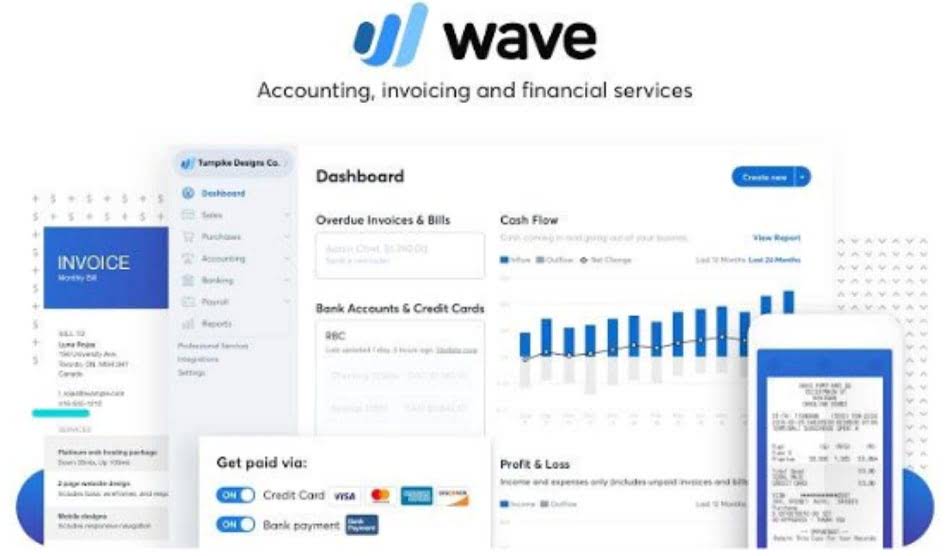What Is the Net Working Capital Ratio?
19/04/2024

What was once a long-term liability, such as a 10-year loan, becomes a current liability in the ninth year when the repayment deadline is less than a year away. This oversight can lead to misleading results, particularly as most companies borrow money to fund growth and are required to pay back these loans, together with interest, punctually. To make matters worse, XYZ is also losing market share every year to its more modern competitors. Sales are falling and costs are rising, leading to a progressively higher working ratio.
In reality, you want to compare ratios across different time periods of data to see if the net working capital ratio is rising or falling. You can also compare ratios to those of other businesses in the same industry. By understanding and regularly monitoring the working ratio, businesses can take proactive steps to maintain a healthy liquidity position and ensure sustainable financial growth. When that happens, the market for the inventory has priced it lower than the inventory’s initial purchase value as recorded in a company’s books. To reflect current market conditions and use the lower of cost and market method, a company marks the inventory down, resulting in a loss of value in working capital. The exact working capital figure can change every day, depending on the nature of a company’s debt.
The overall liquidity of your business
Therefore, this new nanowire/graphene aerogel hybrid anode material can enhance the specific capacity and charge–discharge rate. There is enormous interest in the use of graphene-based materials for energy storage. Thus, transition metal dichalcogenide nanomaterials have shown important research progress in the field of energy conversion and storage. Most business bankruptcies occur because the company’s cash reserves ran dry, and they can’t meet their current payment obligations.


These companies purchase their inventory from suppliers and immediately turn around and sell it at a small margin. If the ratio is less than 1, it implies that the business can recover its operating expenses. A ratio of greater than 1 indicates that the company cannot be profitable without significant changes to its cost structure and/or pricing.
Working Capital Turnover Ratio: Meaning, Formula, and Example
In other words, it is generating a higher dollar amount of sales for every dollar of working capital used. With strong working capital management, a company should be able to ensure it has enough capital on hand to operate and grow. Working capital management only focuses on short-term assets and liabilities. It does not address the long-term financial health of the company and may sacrifice the best long-term solution in favor of short-term benefits. Working capital management can improve a company’s cash flow management and earnings quality through the efficient use of its resources.
However, the company also needs to strive to minimize costs and risk while avoiding unnecessary inventory stockpiles. A working capital ratio below 1.0 often means a company may have trouble meeting its short-term obligations. That’s because the company has more short-term debt than short-term assets.
Problems with the Working Ratio
The amount of working capital a company has will typically depend on its industry. Some sectors that have longer production cycles may require higher working capital needs as they don’t have the quick inventory turnover to generate cash on demand. Alternatively, retail companies that interact with thousands of customers a day can often raise short-term funds much faster and require lower working capital requirements. That equation is actually used to determine working capital, not the net working capital ratio.
The Hanover Reports Fourth Quarter Net Income and Operating Income of $2.98 and $3.13 per Diluted Share … – PR Newswire
The Hanover Reports Fourth Quarter Net Income and Operating Income of $2.98 and $3.13 per Diluted Share ….
Posted: Wed, 31 Jan 2024 08:00:00 GMT [source]
Current assets include anything that can be easily converted into cash within 12 months. Some current assets include cash, accounts receivable (AR), inventory, and short-term investments. Current liabilities are any obligations due within the following 12 months. These include accruals for operating expenses and current portions of long-term debt payments. It’s a commonly used measurement to gauge the short-term health of an organization.
